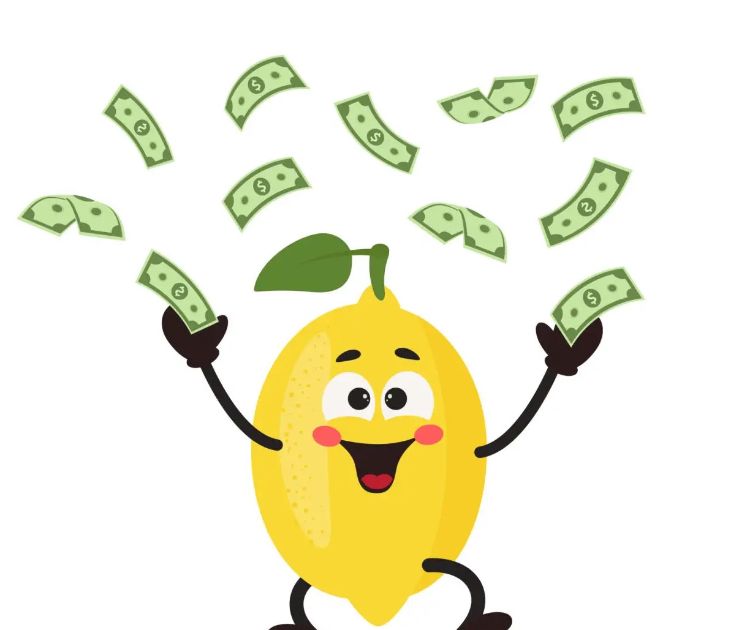The five Ps of the lemonade stand: determining your potential profit
When youth run a lemonade stand, they are learning and practicing the important concepts of the five Ps of marketing. This article focuses on maximizing lemonade stand profits and explains pricing, break-even and profit margins.

This Michigan State University Extension article is the third in a series discussing the five Ps of marketing as it relates to a youth lemonade stand. Previous articles in this series focus on determining the product and the price. In this article, we will discuss how to determine potential profit.
Previously in this series, we determined the total cost to make 100 cups of lemonade was $17.00, making the cost per cup of lemonade 17 cents. Now we can calculate the fun part: determining profit!
Determining profit
A simple price analysis activity illustrates how to calculate how much profit (or loss) will occur at various price points and sales for this product. The necessary equation requires one to determine your revenue (sale price x the number of units sold) and then subtract your cost.
|
Selling price |
Revenue (for 100 cups) |
Cost |
Profit |
|
$.25 |
$25.00 (100 X $0.25) |
$17.00 ($0.17 X 100) |
$8.00 ($25 - $17) |
|
$.50 |
$50.00 (100 X $0.5) |
$17.00 ($0.17 X 100) |
$33.00 ($50 - $17) |
|
$1.00 |
$100.00 (100 X $1) |
$17.00 ($0.17 X 100) |
$83.00 ($100 - $17) |
|
$1.50 |
$150.00 (100 x $1.5) |
$17.00 ($0.17 X 100) |
$133.00 ($150 - $17) |
|
$2.00 |
$200.00 (100 x $2) |
$17.00 ($0.17 X 100) |
$183.00 ($200 - $17) |
Determining break-even
In the simplest terms, break-even is how many cups you will need to sell before you start to make a profit. Determining your break-even can also help you decide what your selling price point should be, based on the number of customers you get.
The simple calculation for break-even is the total of your costs divided by the selling price per unit. In this scenario, the total calculated cost from the previous article is $16.64 so break-even calculation at each price point would be:
|
Selling price |
Break-even calculation |
Break-even |
|
$.25 |
16.64 ÷ 0.25 = 66.56 |
67 cups |
|
$.50 |
16.64 ÷0.50= 33.28 |
34 cups |
|
$1.00 |
16.64 ÷1.00 = 16.64 |
17 cups |
|
$1.50 |
16.64 ÷ 1.5 = 11.09 |
12 cups |
|
$2.00 |
16.64 ÷2 =8.32 |
9 cups |
Profit margin
An average price range for lemonade can range from as little as 50 cents up to $2 per cup.
Lemonade Day suggest young lemonade entrepreneurs aim for a profit margin in the range of 60-80%.
Profit margin is a measure of how much money a company is making on its products after subtracting the costs involved. It is expressed as a percentage. Profit margin is calculated by dividing the profit by the revenue and multiplying by 100.
|
Selling price |
Revenue (for 100 cups) |
Profit |
Profit margin |
Percentage |
|
$.25 |
$25.00 (100 X $0.25) |
$8.00 |
8 ÷ 25 = 0.32 |
32 |
|
$.50 |
$50.00 (100 X $0.5) |
$33.00 |
33 ÷ 50 = 0.66 |
66 |
|
$1.00 |
$100.00 (100 X $1) |
$83.00 |
83 ÷ 100 =0.83 |
83 |
|
$1.50 |
$150.00 (100 x $1.5) |
$133.00 |
133 ÷ 150= 0.88 |
88 |
|
$2.00 |
$200.00 (100 x $2) |
$183.00 |
183 ÷ 200= 0.915 |
91.5 |
By adjusting the selling price, you can see how different prices impact profit. Additionally, understanding profit margins helps you gauge how much money you can potentially make after covering your costs. For more youth entrepreneurship resources, visit the MSU Extension youth entrepreneurship page, which offers a wide range of programs, articles, tools and more to equip the future generation of young entrepreneurs. Also look for additional articles in this series, "The five Ps of the lemonade stand: place and picking the right spot" and "The five Ps of the lemonade stand: the importance of people."
Want to learn more about lemonade stands? Lemonade Day offers more information on essential lemonade stand supplies. National Lemonade Day is celebrated on the first Sunday in May to promote the entrepreneurial spirit in youth all across the country.



 Print
Print Email
Email